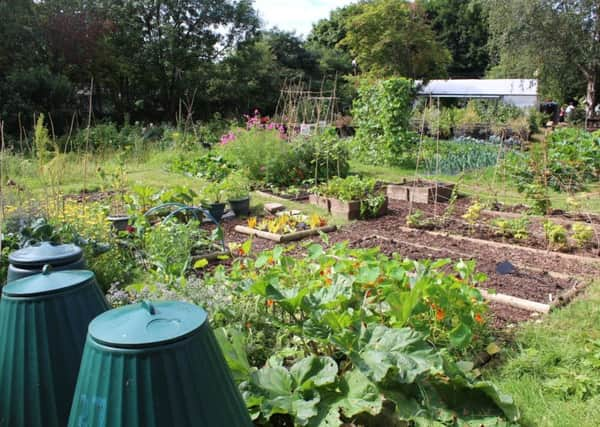Tackling food poverty and '˜holiday hunger' in Brighton and Hove


The Sustainable Food Cities Award celebrates places taking steps that are achieving significant positive change on a range of key food issues.
For the past five years Brighton and Hove City Council has worked with more than 50 organisations on its Food Poverty Action Plan.
Advertisement
Hide AdAdvertisement
Hide AdThe plan lists 84 goals, with progress made on 78 of them, according to the Brighton and Hove Food Poverty Action Plan 2015-18 final progress report.
The report is due to go before the council’s Health and Wellbeing Board on Tuesday (July 10).
Among the successes, it listed Chomp, which deals with ‘holiday hunger’ by laying on activity and lunch clubs aimed at families eligible for free school meals in term time.
It now operates at 12 sites across Brighton and Hove and serves 700 meals a year.
Advertisement
Hide AdAdvertisement
Hide AdA key idea was the ‘city that cooks and eats together’ which led to projects such as the Casserole Club, where neighbours cook an extra portion for someone vulnerable living near by.
The report also said that cuts resulted in the loss of Tower House Day Centre, now reopened by the St Vincent de Paul Society, Mad Hatters in East Brighton and Bluebird and the Bridge community centre and cafe in Moulsecoomb.
Expanding food banks was rated positively and negatively in the report.
Positives were for extra services ranging from accessing the internet to providing advice services for housing, mental health and money management.
Advertisement
Hide AdAdvertisement
Hide AdThe negatives included food banks continuing to report increasing demand.
Brighton and Hove Food Project’s annual survey of food bank use shows a slow but steady increase; in 2017-16 food banks gave out roughly 315 food parcels a week.
That figure was 298 in 2016-15 and 289 in 2015-14.
Concerns were raised in the report about obesity, as by the end of primary school one in four 11 year olds are overweight or obese. By adulthood this has risen to half.
The report said that the risk of being overweight is significantly higher for those from certain ethnic groups and those living in the more deprived areas of Brighton and Hove.
Advertisement
Hide AdAdvertisement
Hide AdNew work to encourage children to eat more vegetables is being developed under a programme called Peas Please.
The next stage in trying to improve local diets is working towards the goals set out in a report called Spade to Spoon: Digging Deeper Food Strategy. The strategy includes nine aims intended to encourage healthy living for the next 20 years.
The Health and Wellbeing Board is due to meet at Hove Town Hall from 4pm on Tuesday.
Sarah Booker-Lewis is the Local Democracy Reporter for Brighton & Hove.